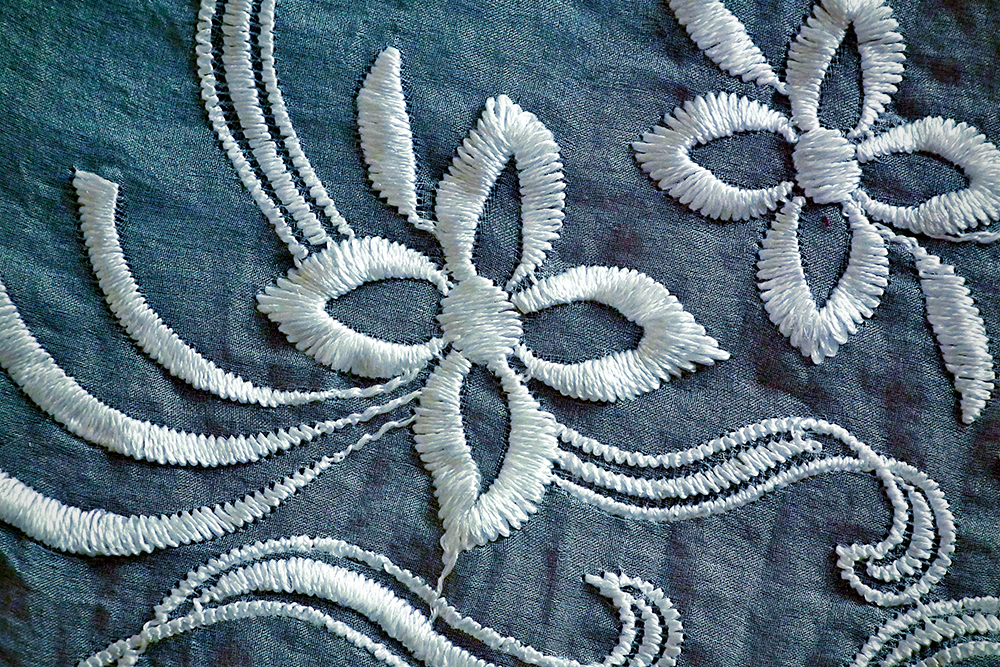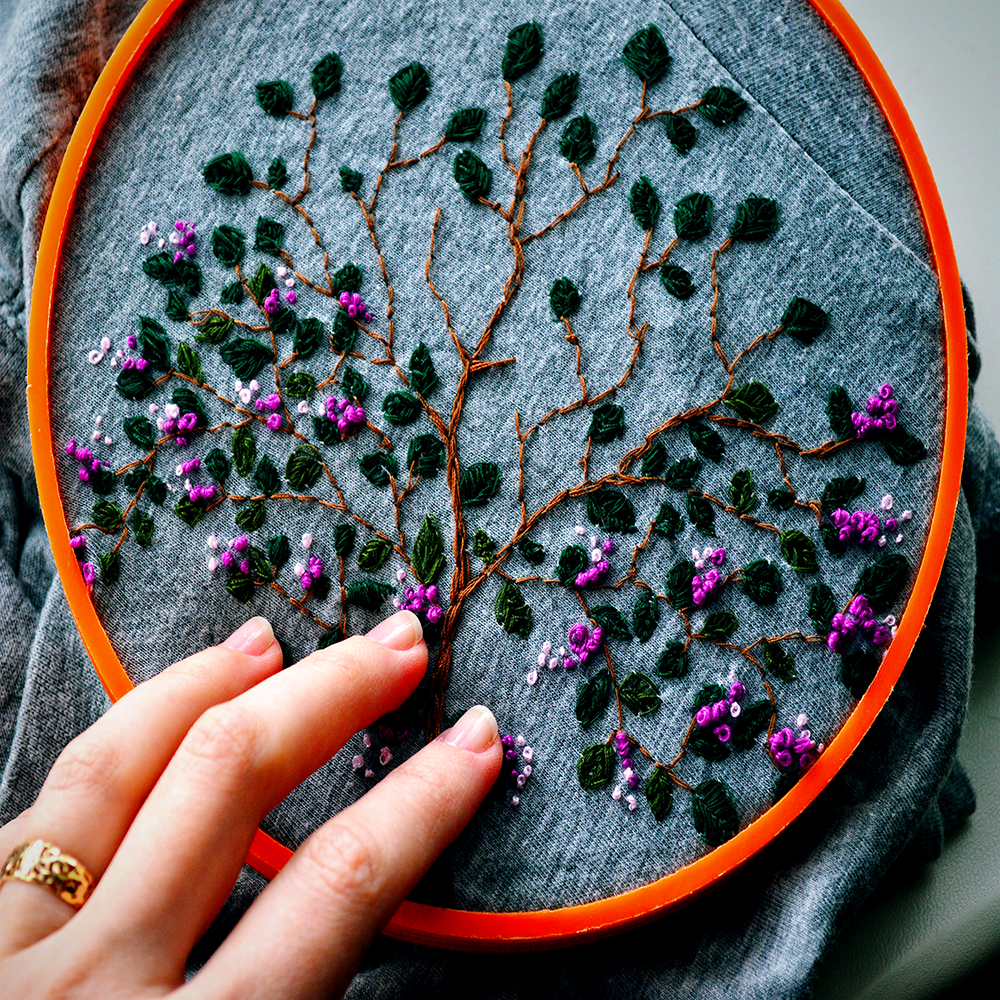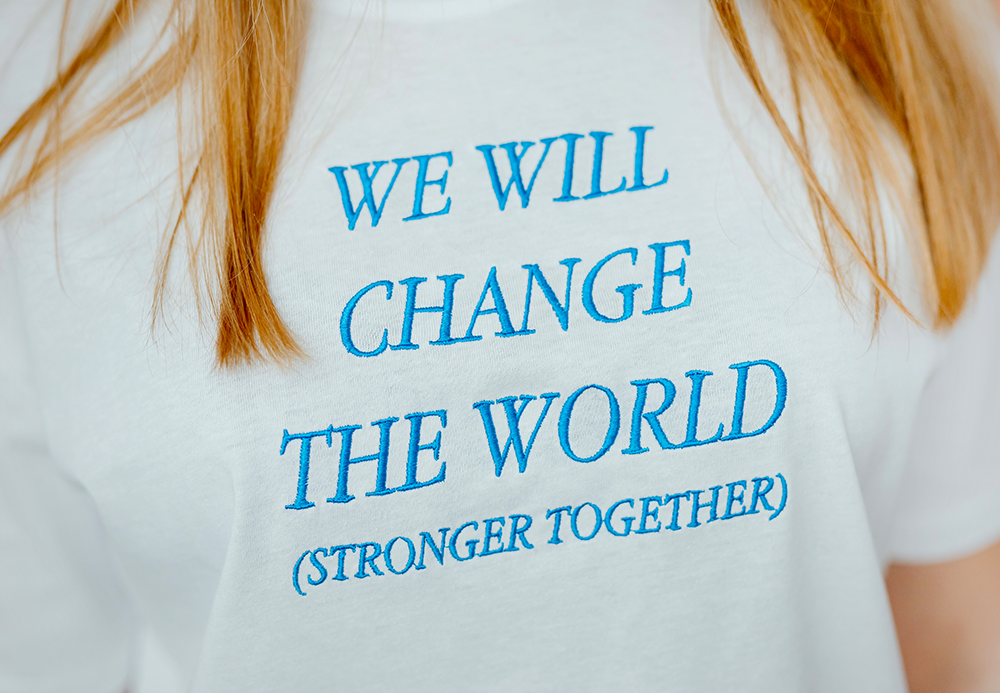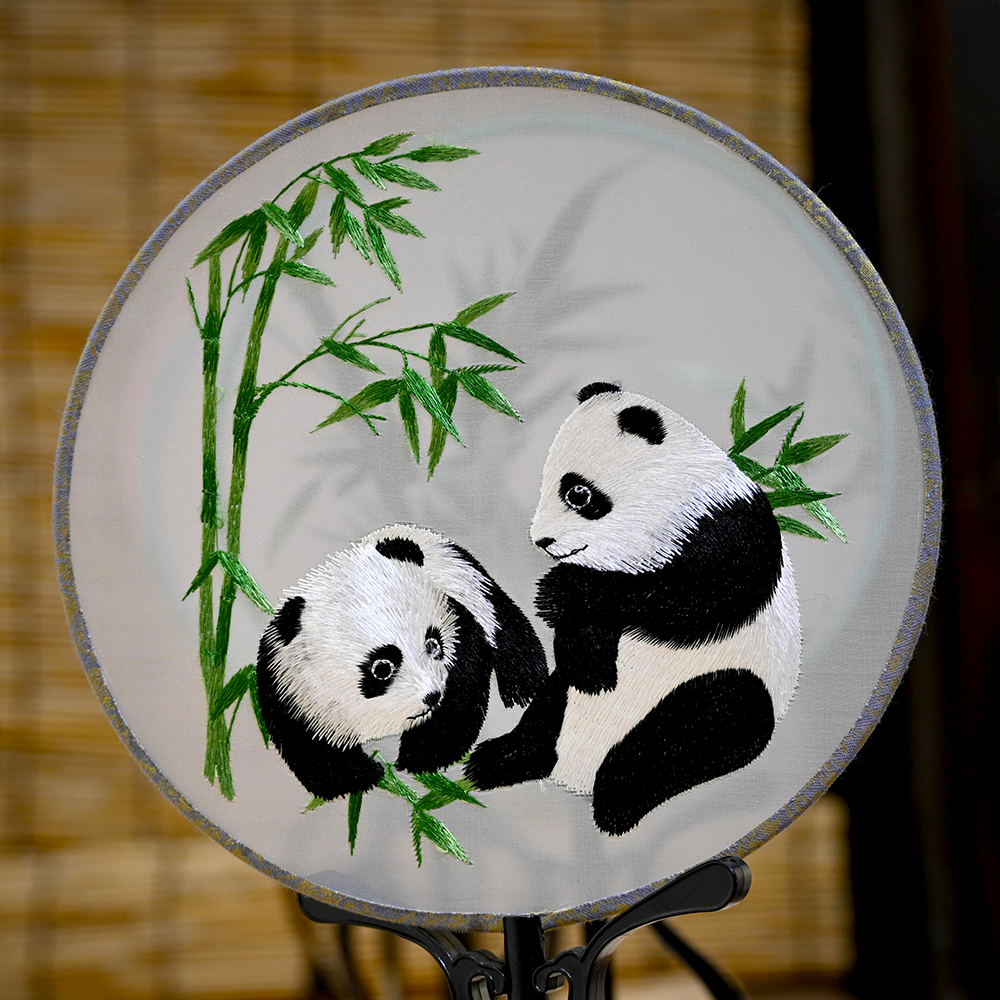When you're ready to start your next embroidery project, the hardest part can be choosing the right design.
You can create custom apparel, hats, towels, and so much more with embroidery.
There are endless possibilities for what you can make.
With so many options available, it can be tough to know where to start.
Creative blocks are the worst, but don't worry—we're here to help!
In this blog post, we'll give you some tips on how to choose the perfect embroidery design for your next project.
Finding the perfect design for your project will be easy-peasy with our help!
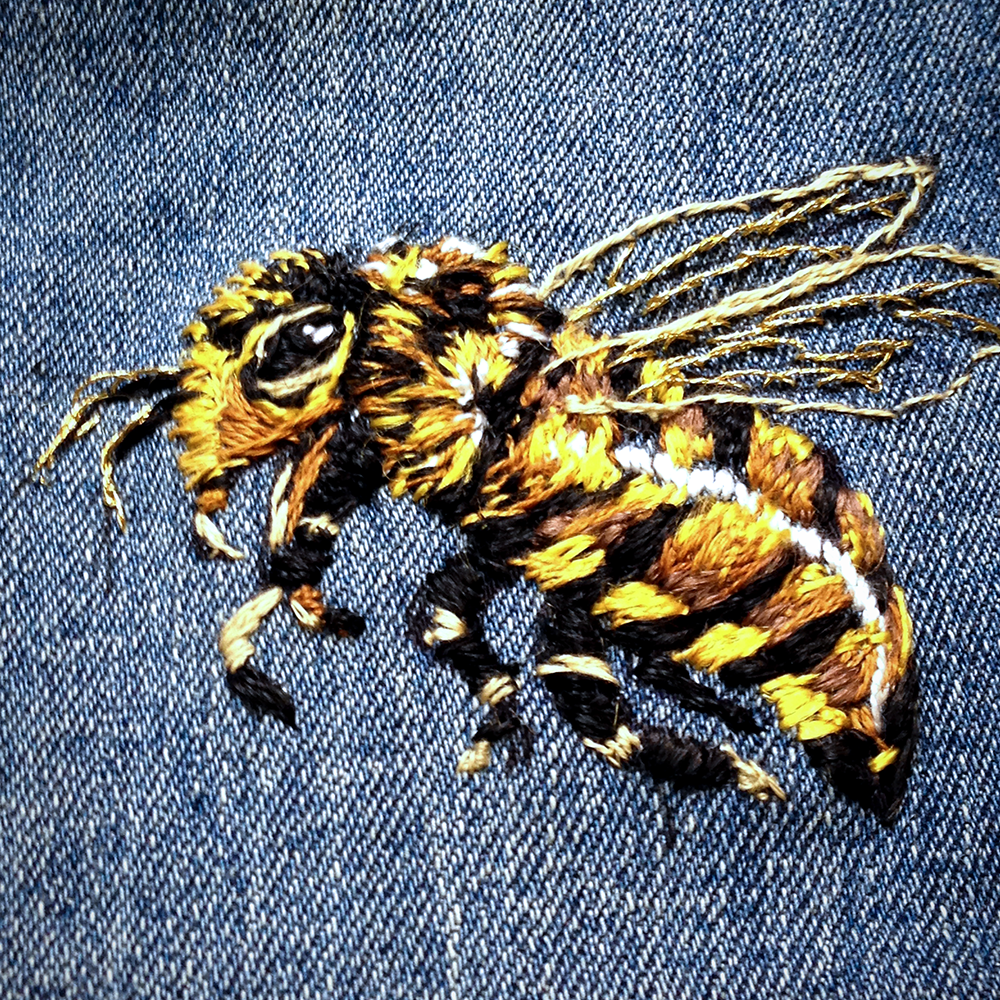
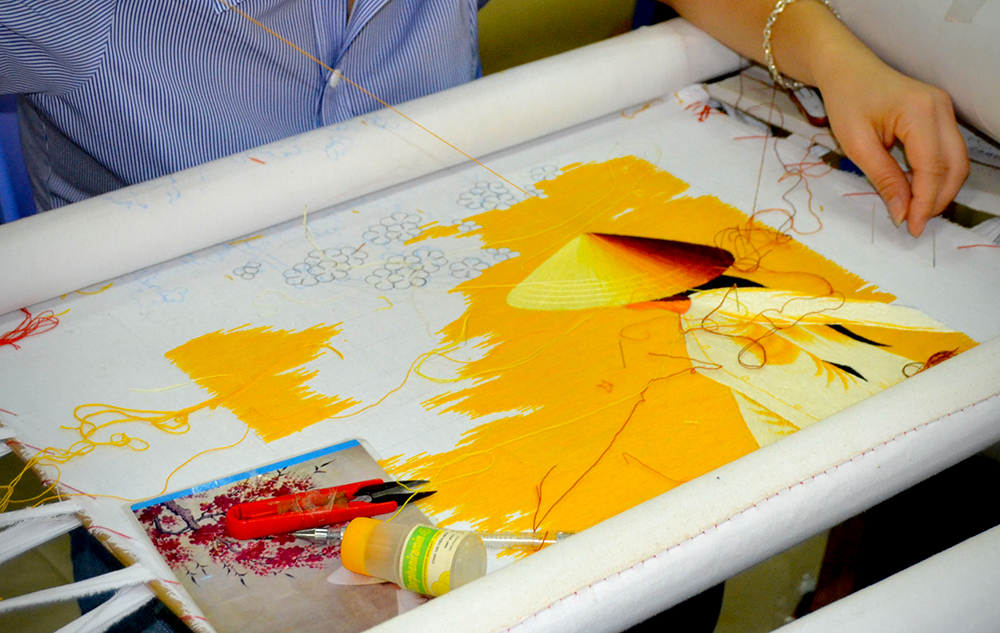
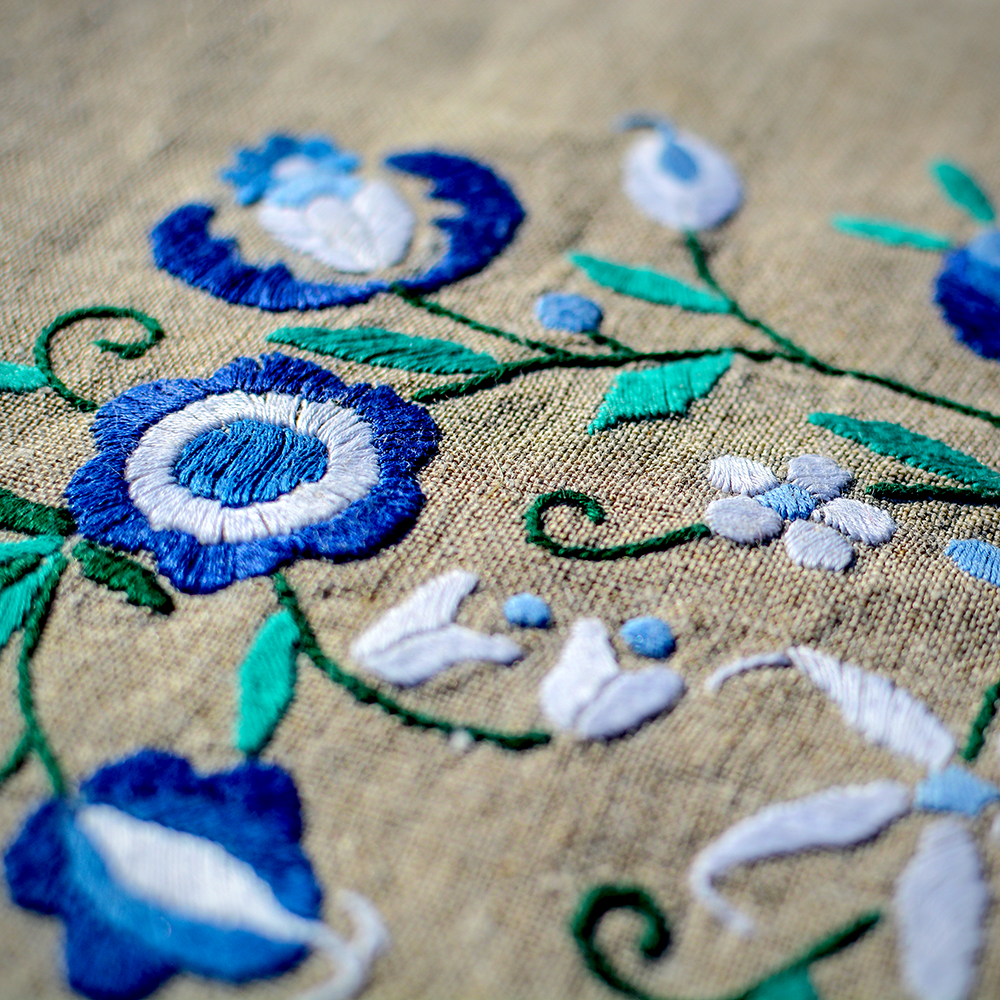
Find Your Why
The first thing you need to think about when choosing an embroidery design is the purpose of the project.
Are you making a gift for someone special?
Is this a decoration for your home?
Do you want to create just for the fun of it?
Are you looking for something small and delicate?
Do you need something bold and eye-catching?
Knowing the purpose of your project will help you narrow down your design options.
For example, if you're making a gift, you'll want to choose a design that fits the recipient's personality.
If you're decorating your home, you'll want to choose a design that fits your personal style.
And if you're just stitching for the fun of it, you can choose any design that you like!
The size and scale of the design should match the project you're working on.
For example, if you're making a baby blanket, you'll want to choose a design that's appropriate for a baby blanket—something cute and not too busy.
On the other hand, if you're looking for a design to put on a pillow, you might want something a little bigger and more detailed.
If you want to make embroidered garments, like t-shirts or a polo shirt, you'll need to choose a design that's the right size for the garment.
Some of our designs come in multiple sizes, so you can pick the perfect size for your project.
You can embroider pretty much anything, so have fun with it!
The bottom line is that the design should be appropriate for the project you're working on.
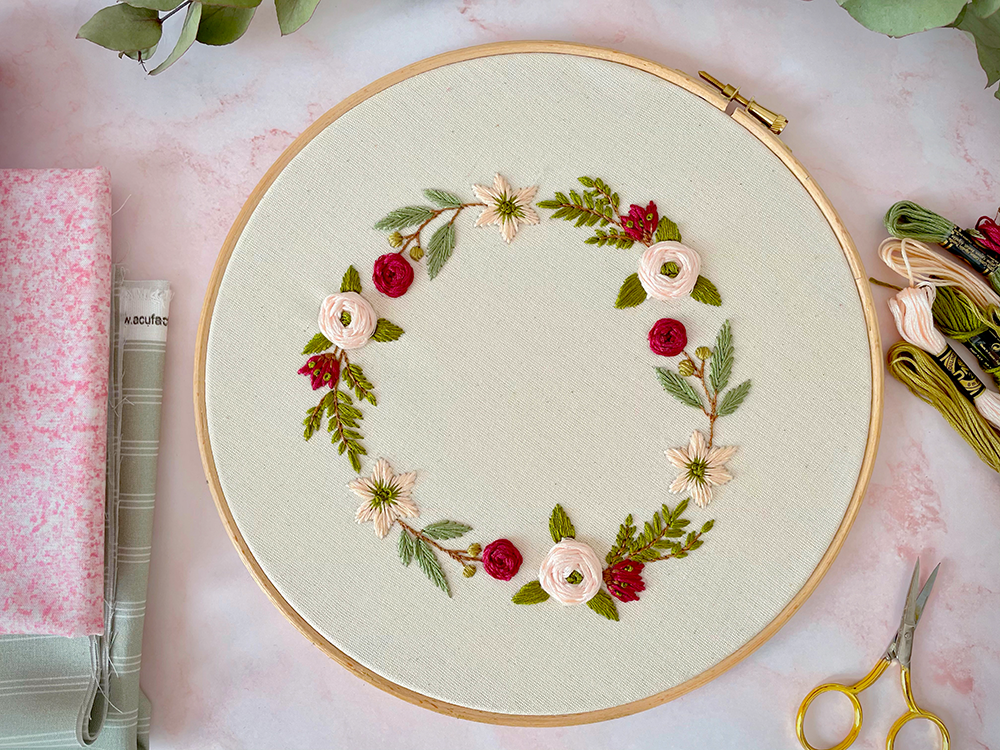
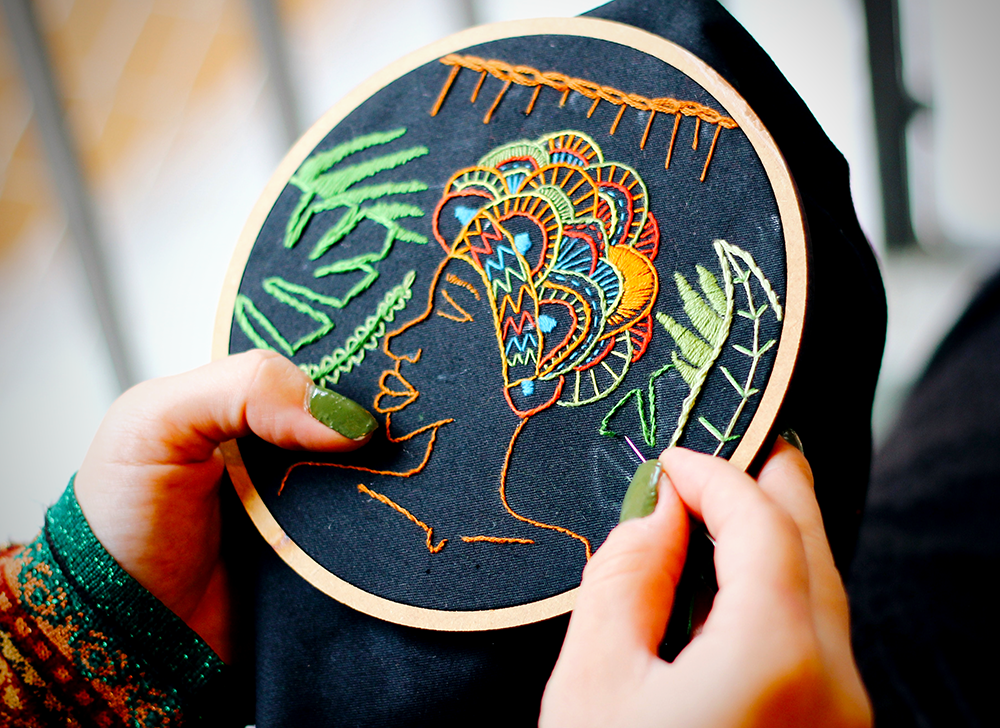
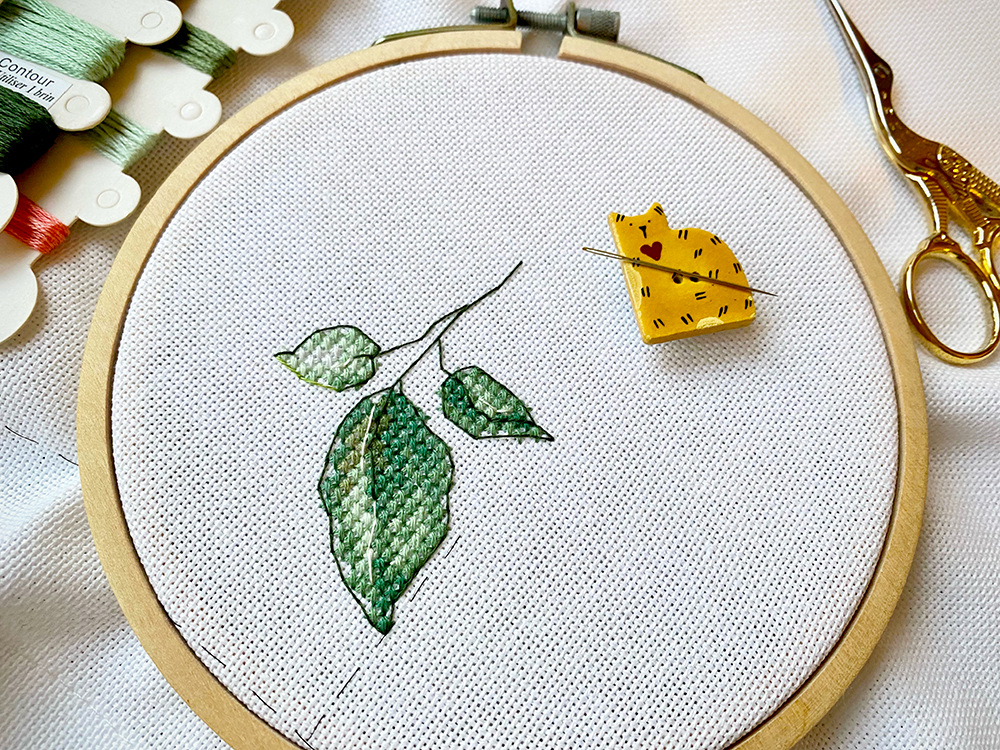
Find a Design That Matches Your Skill Level
One of the first things you should consider when choosing an embroidery design is your skill level.
If you're a beginner, it's probably best to start with a simpler design.
You can always try something more complicated later on, but for now, stick with something that won't be too frustrating.
There are plenty of beautiful and simple designs out there that are perfect for beginners to learn the embroidery process.l
Once you get more comfortable with embroidery, you can start tackling some of the more complex designs.
If you're an experienced embroiderer, you might want to choose a design that's a little more challenging.
This is a great way to push yourself and improve your skills.
Of course, you can always go for a simpler design if that's what you're in the mood for.
It's all up to you!
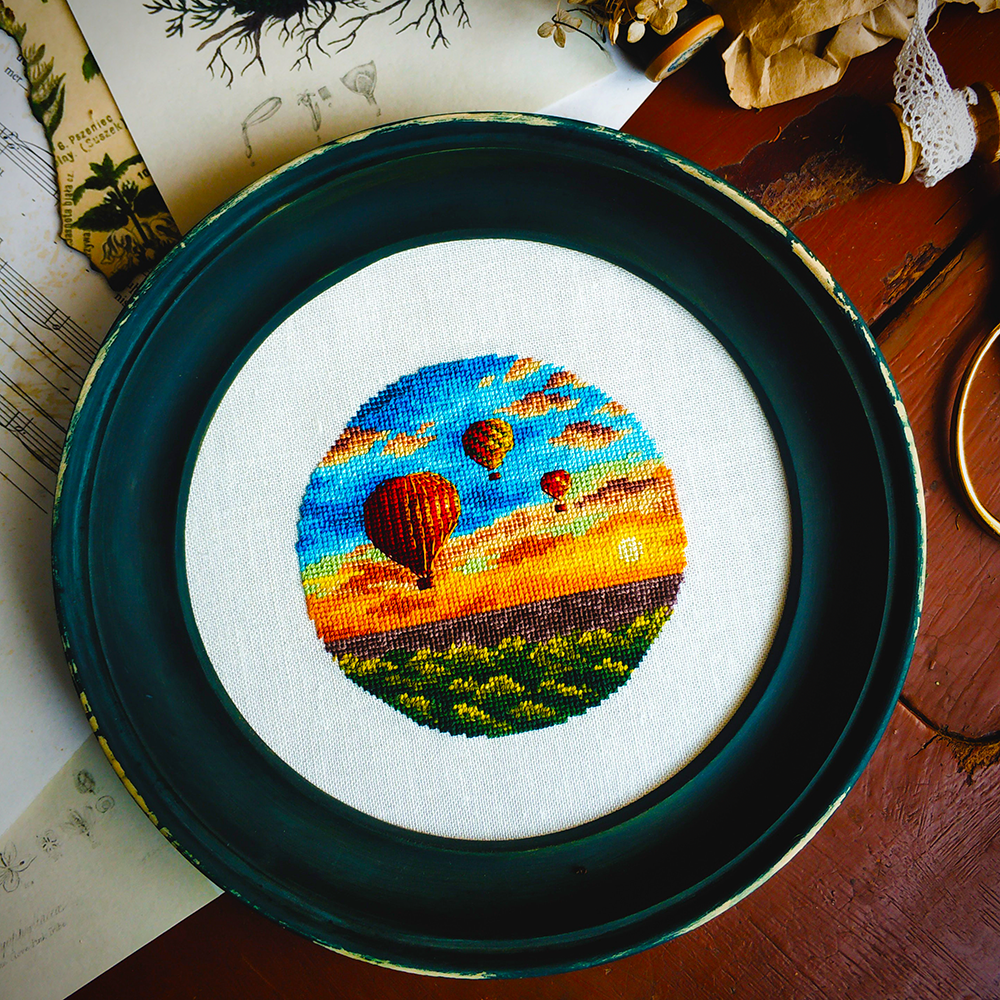
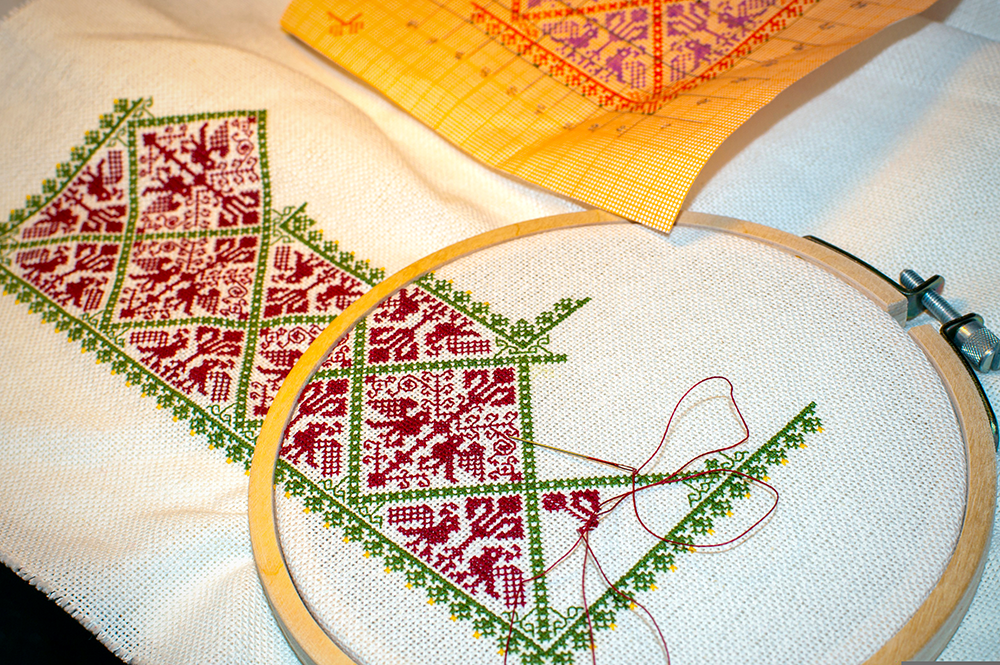
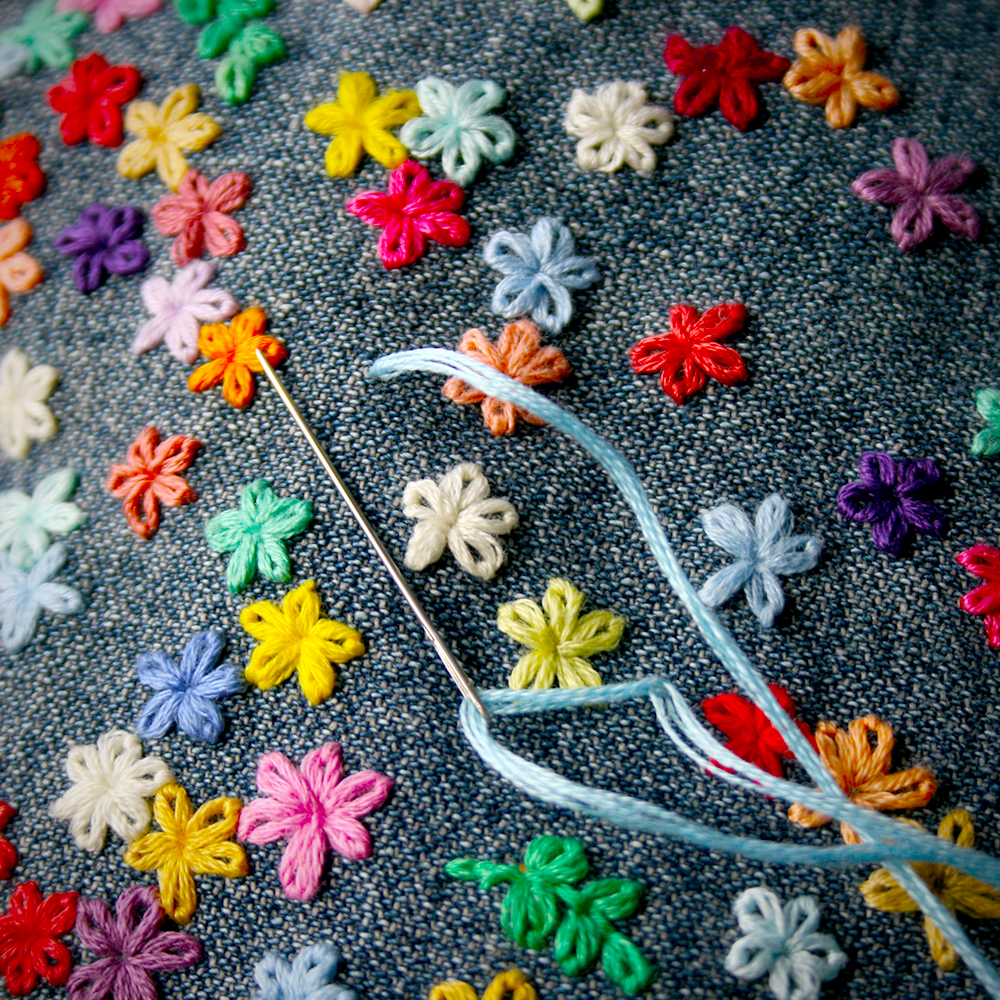
Think About the Details
Once you know the purpose of your project, you can start thinking about the details.
What kind of fabric are you using?
What color embroidery thread do you want to use?
What type of thread do you want to use?
Are you creating custom embroidery or using embroidery patterns?
Are you creating hand embroidery or machine embroidery?
Do you want to use a synthetic thread or a natural fiber thread?
Synthetic threads are less expensive and they come in a wider range of colors.
Natural fiber threads are more expensive, but they're generally nicer to work with.
They also come in a wide range of colors, but the colors tend to be more subtle and muted.
What type of stitches do you want to use?
Do you want to use running stitches, chain stitches, satin stitches, or something else?
Each type of stitch has its own unique look, so think about the overall look you're going for.
Do you want something that's very traditional?
Or do you want something that's a little more modern?
The type of stitches you use will have a big impact on the overall look of the design.

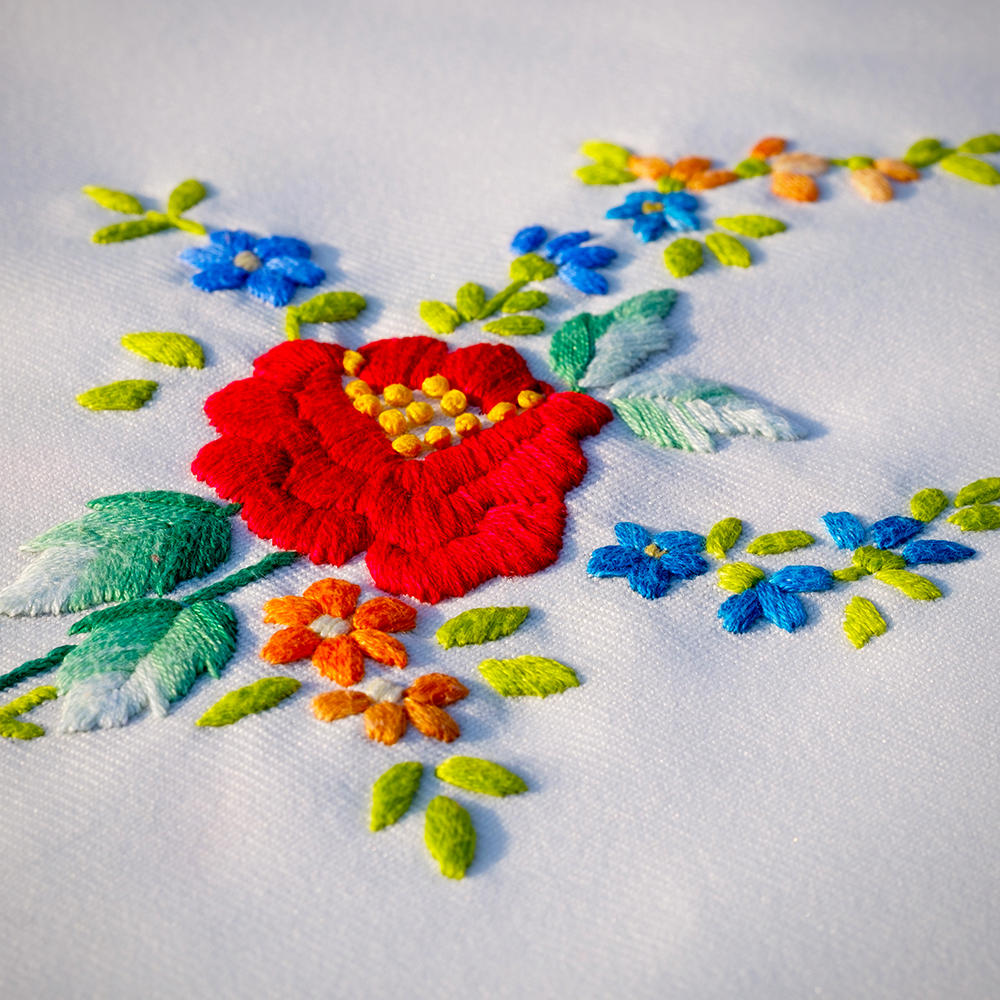
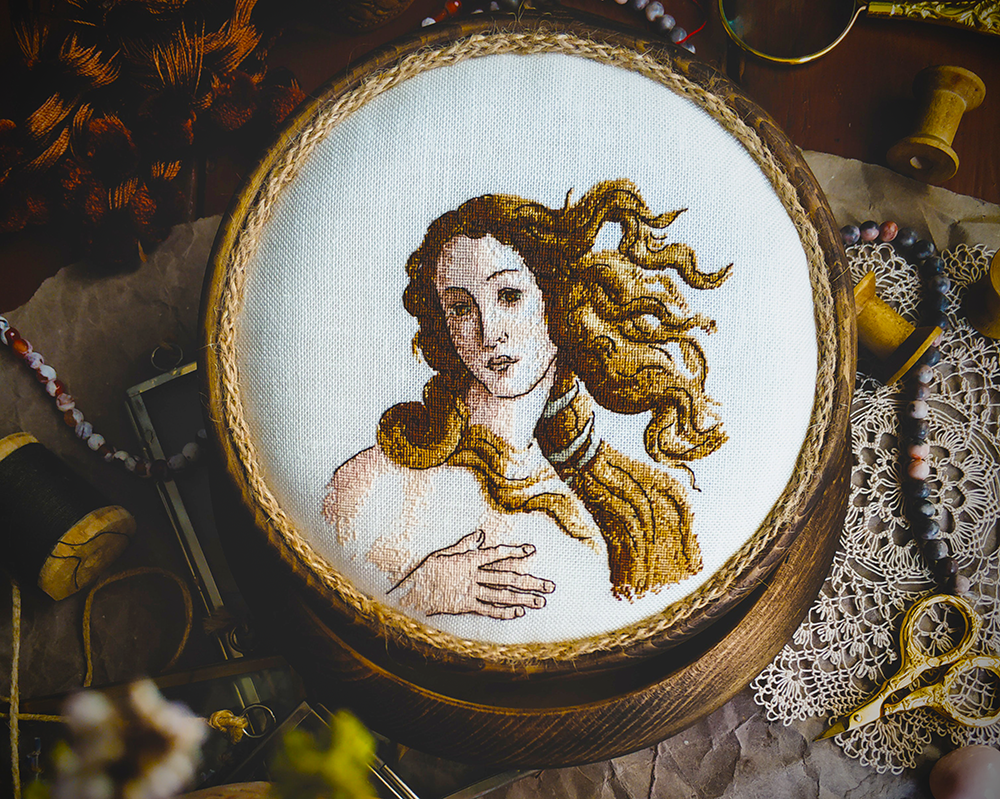
Consider Color Schemes
Another thing to consider when choosing an embroidery design is the color scheme.
Some designs are very colorful, while others are more subdued.
Some have a limited color palette, while others use a wide range of colors.
Think about the overall look you're going for with your project.
Do you want something bright and cheerful?
Or would you prefer something more subdued and mellow?
The color scheme of the design should match the overall look and feel of the project.
For example, if you're making a vibrant colored quilt, you'll want to choose a design with a bright and cheerful color scheme.
On the other hand, if you're looking for a more subdued look, you might want to choose a design with a more limited color palette.
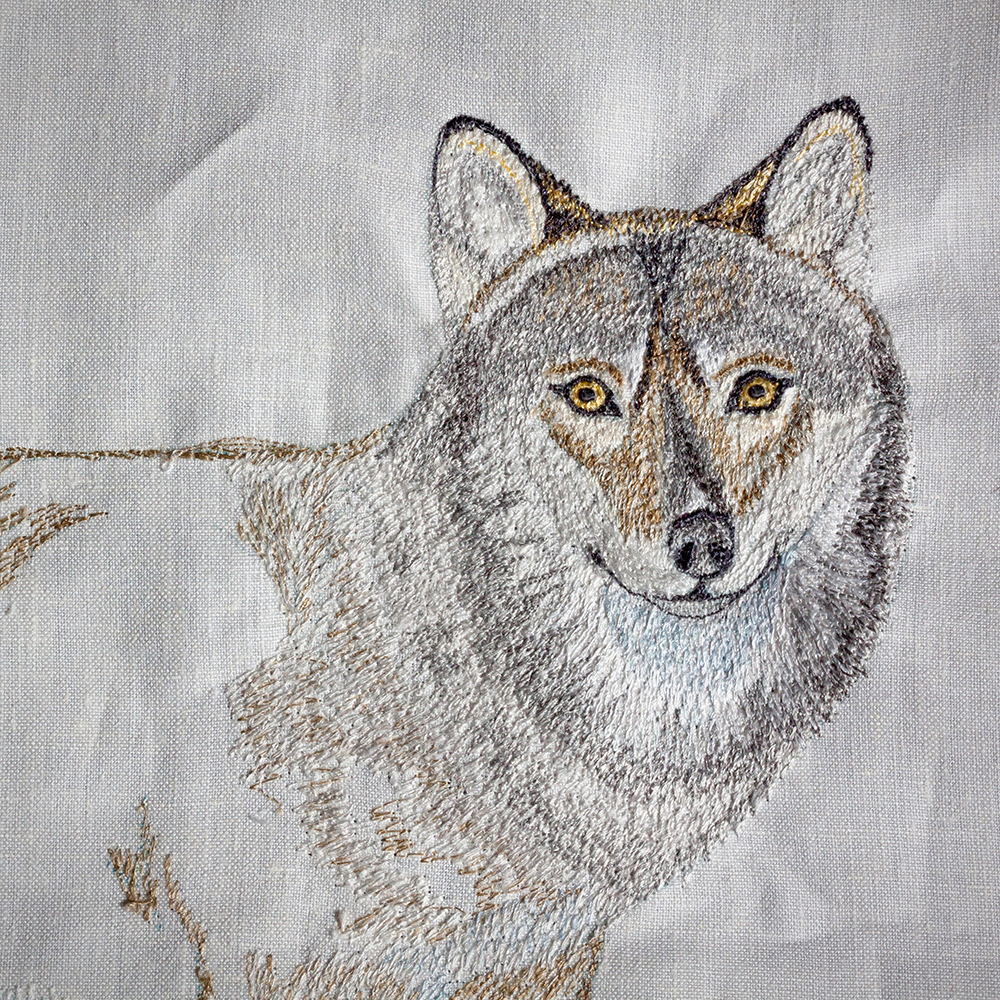
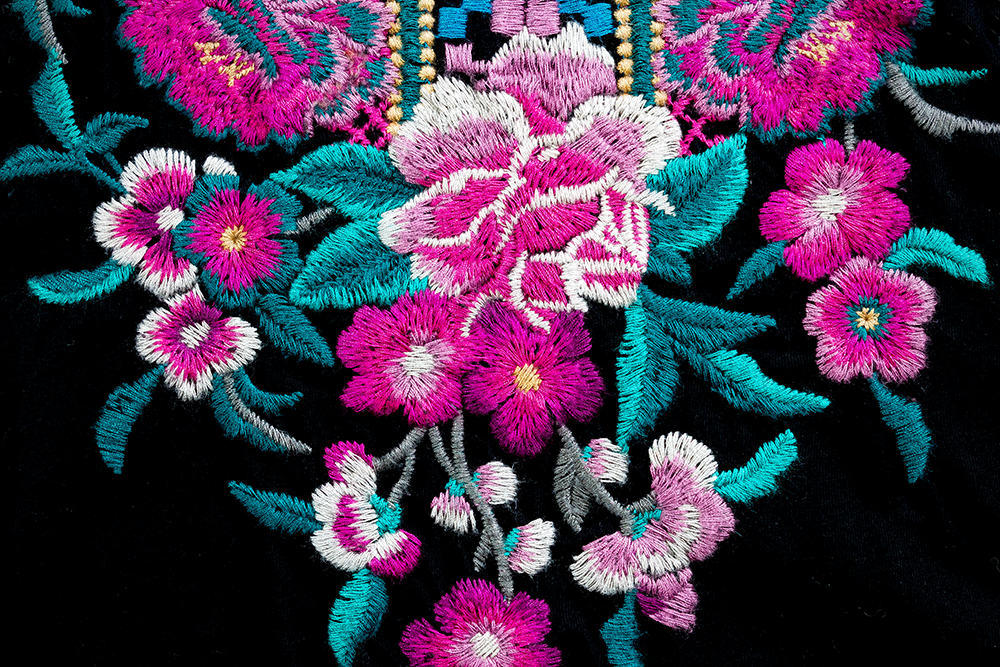
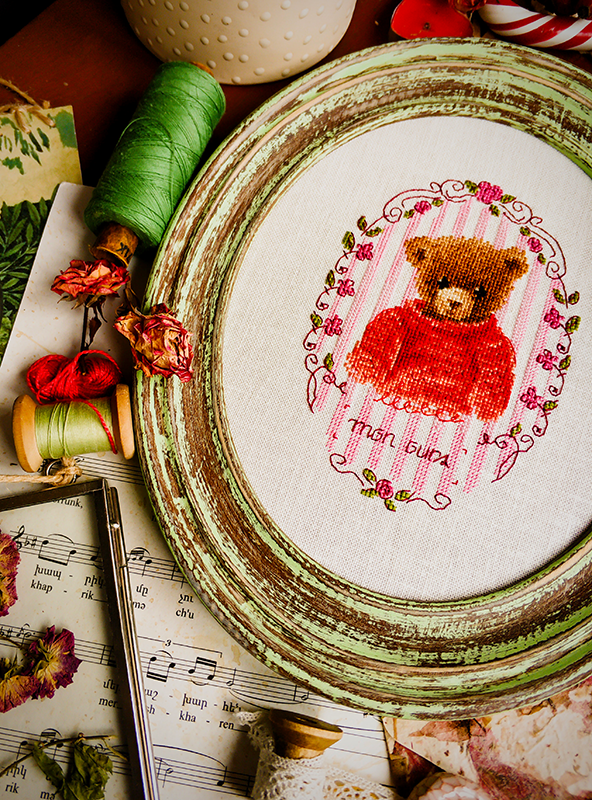
Choose a Design that Matches Your Style
Of course, one of the most important things to consider when choosing an embroidery design is your personal style and tastes.
After all, you're going to be looking at this design every time you use the item!
So, make sure you choose a design that reflects your taste and personality.
If you like classic and traditional designs, there are plenty of those to choose from.
Or if you prefer something more modern or whimsical, there are designs out there for you, too.
Browse through different embroidery shops until you find a design that really speaks to you—that way, you'll be happy with your purchase for years to come.
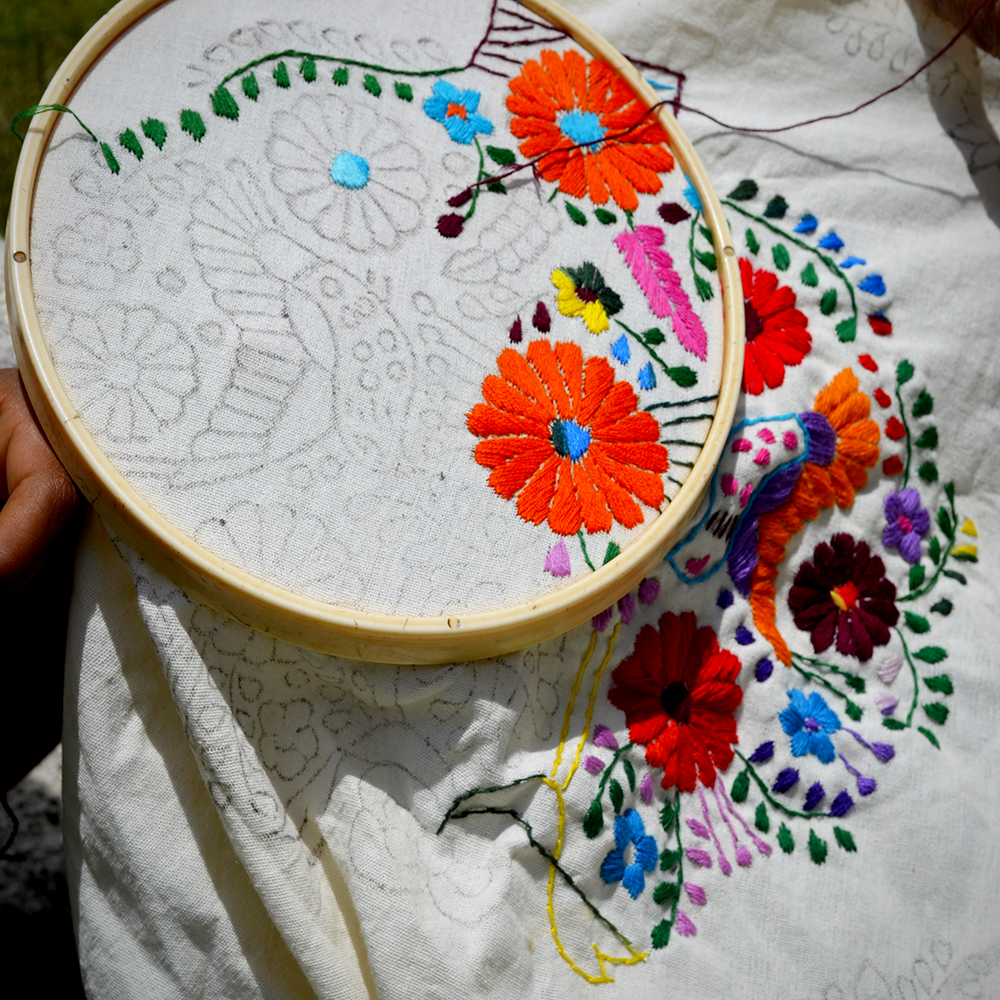
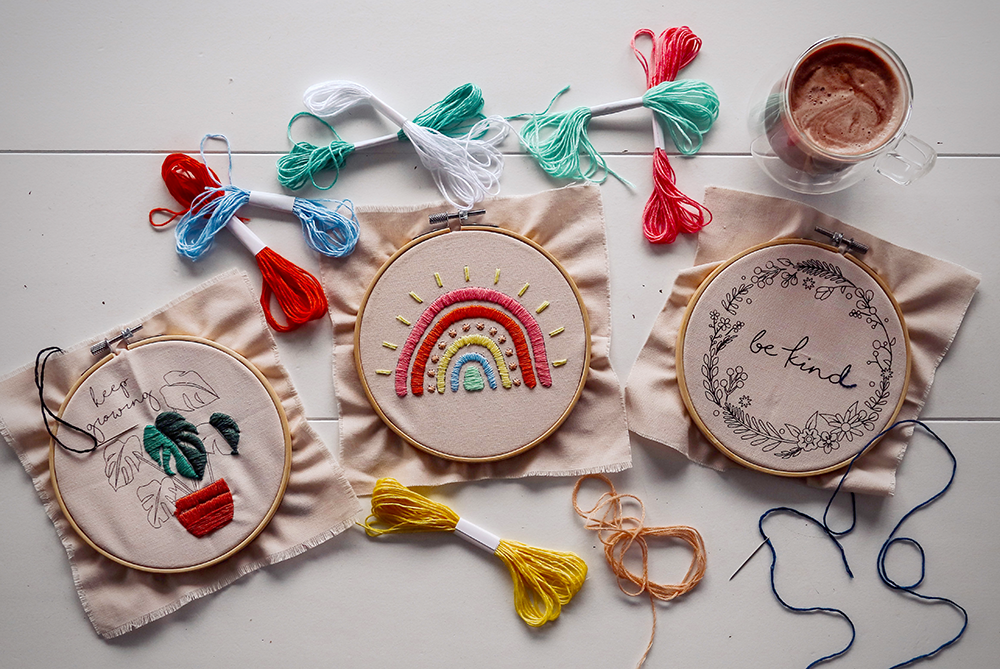
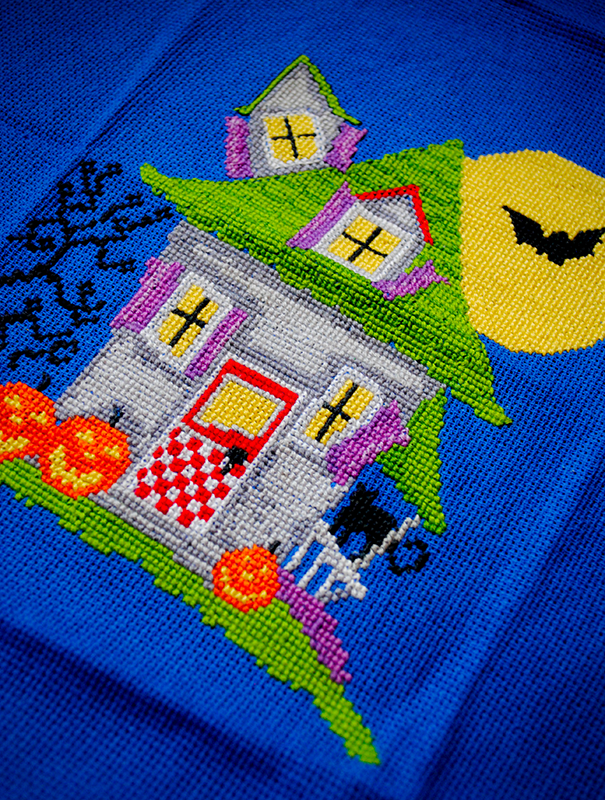
Choosing Your Perfect Embroidery Design
Embroidery is a great way to add a personal touch to any project.
When choosing an embroidery design, there are a few things you should keep in mind, such as the purpose of the project, the level of difficulty, and your personal style.
Choosing an embroidery design doesn't have to be difficult—just keep these tips in mind and you'll be sure to find the perfect design for your next project!
And if you're ever feeling overwhelmed by all of the options out there, just remember that there's definitely a design out there that's perfect for you—you just have to find it.
Happy stitching!
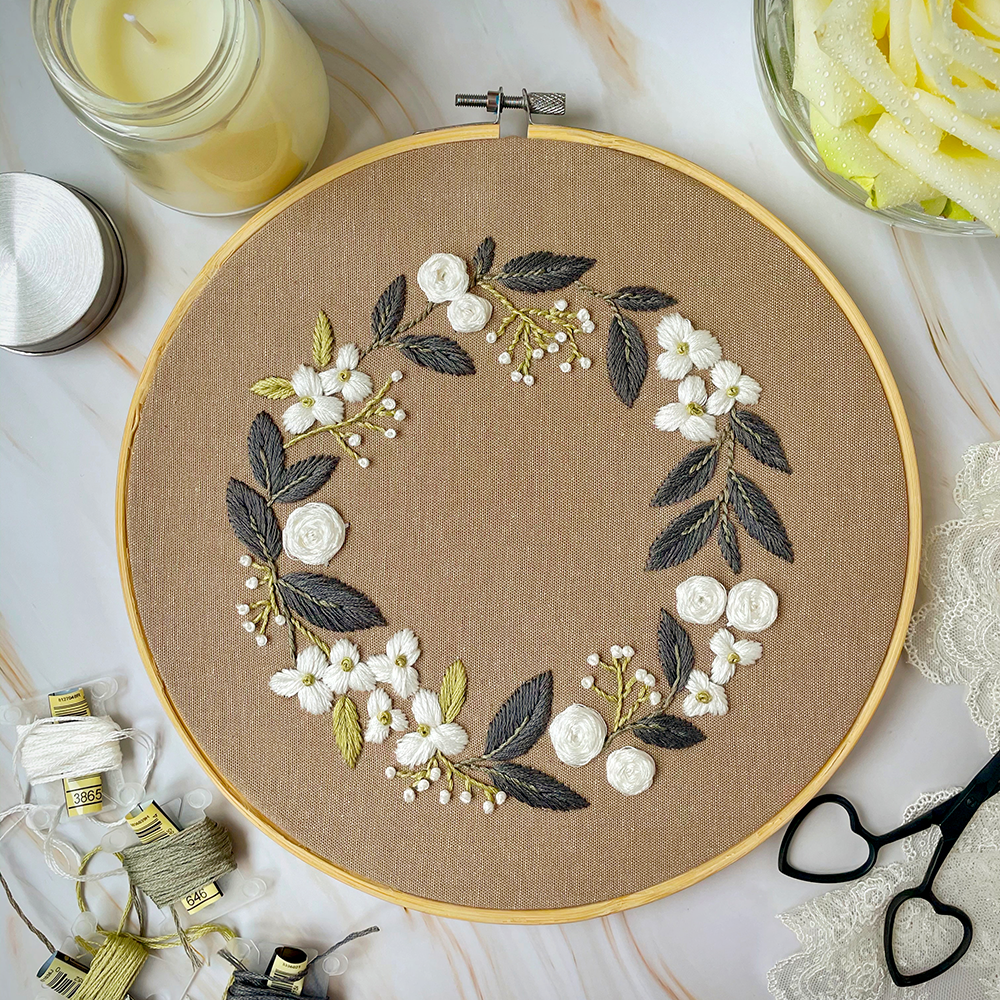
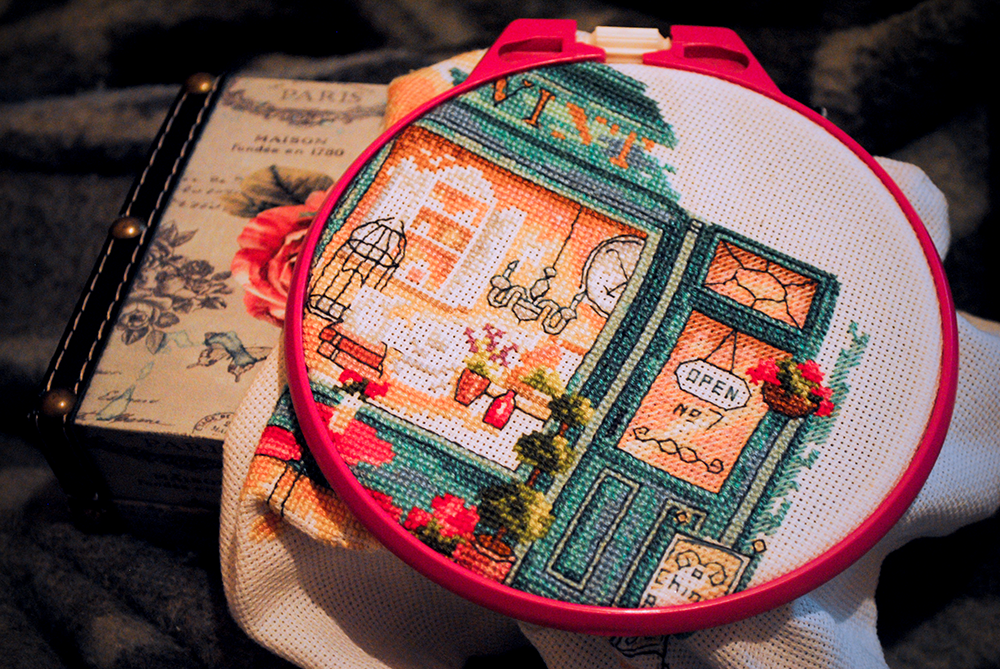
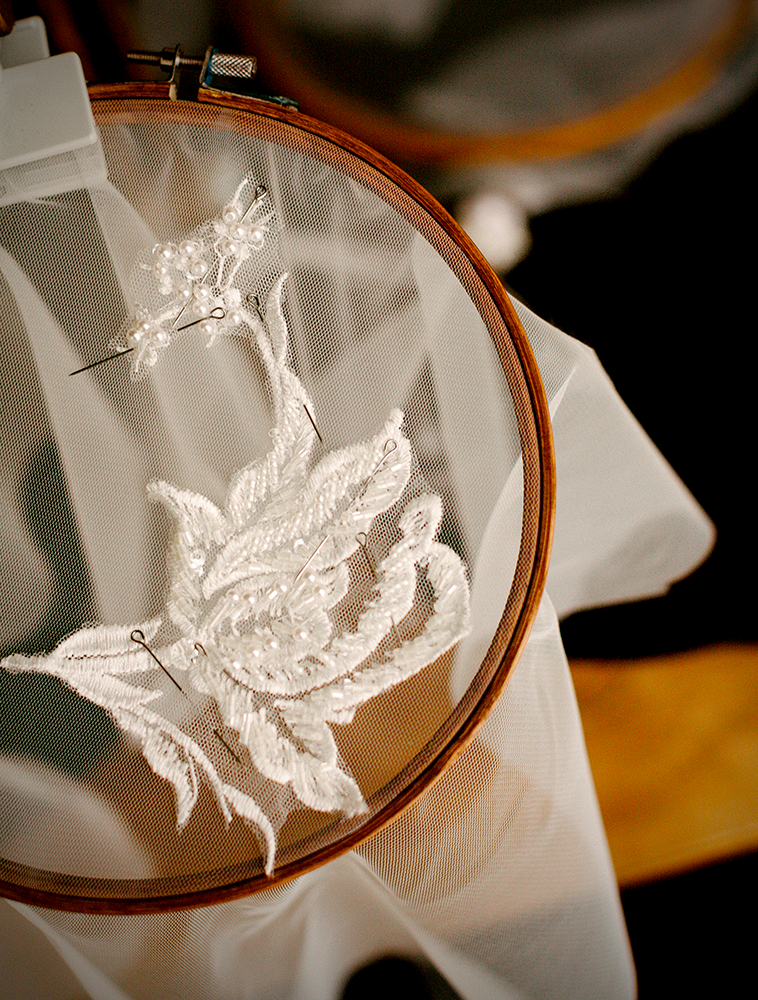
Want to learn how to design your own embroidery designs? Check out Your Friend Chelly's video!
Interested in embroidery?
You might want to check out some of our other articles:
